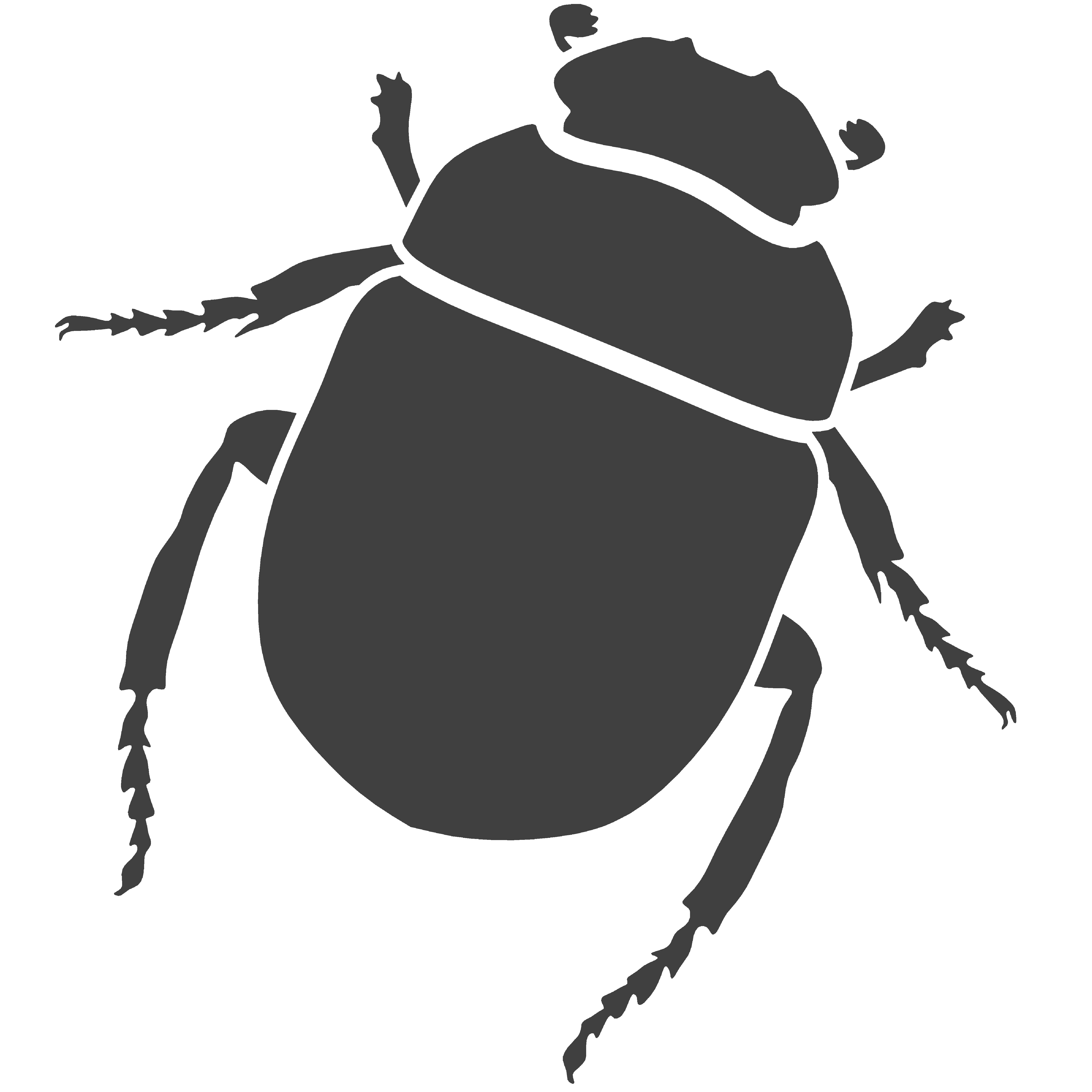Functions List
Transformations
• copy-shape
The function copy-shape creates a duplicate of a given shape.
If no translation distance is given the copied geometry will be placed overlapping the original.
Parameters:
shape – Shape to copy
d – Translation distance
Syntax:
(copy-shape shape [d 0])
Example:
> (copy-shape (sphere (xyz 0 0 0) 10))
#<sphere 1>
• copy-shapes
The function copy-shapes creates duplicates of list of shapes.
If no translation distance is given the copied geometry will be placed overlapping the original.
Parameters:
(list s1, s2, s3, s4, …, sn) – List of shapes to copy
d – Translation distance
Syntax:
(copy-shape (list s1 s2 s3 s4 … sn) [d 0])
Example:
> (copy-shapes (list (surface-circle (xy 0 0) 10)
(surface-rectangle (xy 0 0) 10 5))
(xy 20 0))
'(#<surface-circle 2> #<surface-rectangle 3>)
• move
The function move applies a translation to a given shape,
specified by a translation vector.
Parameters:
shape – Shape to move
v – Translation vector
Syntax:
(move shape v)
Example:
> (move (sphere) (xyz 1 2 3))
#<sphere 0>
• rotate
The function rotate applies a rotation to a given shape
around a specified point (2D) or axis (3D). The rotation is specified by the rotation
angle and two points that define the rotation axis. If omitted, the first point will be
considered the UCS origin and the second point will be considered immediately above the
first.
Parameters:
shape – Shape to rotate
a – Rotation angle
p1 – First point in rotation axis
p2 – Second point in rotation axis
Syntax:
(rotate shape a [p1 (u0)] [p2 (+z p1 1)])
Example:
> (rotate (cylinder (xyz 0 0 0) 3 10)
pi/3
(xyz 0 0 0) (xyz 1 2 3))
#<cylinder 0>
• mirror
The function mirror creates a reflection of a given
shape in relation to a mirror plane, specified by a point, a normal vector to the mirror
plane and a Boolean value to determine if the original shape is to be deleted after the
reflection. If omitted, the point will be considered the UCS origin, the normal vector
parallel to the Z axis and the original shape will not be discarded.
Parameters:
shape – Shape to reflect
p – Point on mirror plane
n – Normal vector to the mirror plane
#t/#f – Copy shape (#t) or delete original shape (#f)
Syntax:
(mirror shape [p (u0)] [n (uz)] [copy? #t])
Example:
> (rotate (cylinder (xyz 0 0 0) 3 10)
pi/3
(xyz 0 0 0) (xyz 1 2 3))
#<cylinder 0>
• scale
The function scale uniformly increases or
decreases the dimension of an entity when provided with a scaling factor – higher
than 1 for increasing and lower to decrease the size and a reference point for
the operation. If omitted this point will be considered the UCS origin.
Parameters:
shape – Shape to scale
s - Scale factor (between 0 and 1)
p – Reference point for scale operation
Syntax:
(scale shape s [p (u0)])
Example:
> (circle (xyz 0 0 0) 10)
#<circle 0>
> (scale (circle (xyz 0 0 0) 10) 0.8 (xyz 0 0 0))
#<circle 1>
> (scale (circle (xyz 0 0 0) 10) 1.2)
#<circle 2>
 ROSETTA
ROSETTA